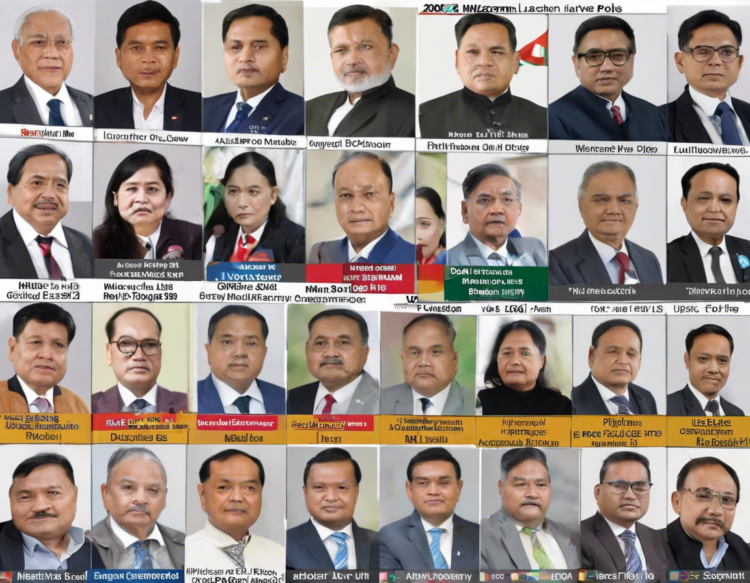Introduction
Akhand Bharat, translated as “Undivided India”, is a concept that envisions a united South Asian region that includes present-day India, Pakistan, Bangladesh, Nepal, Bhutan, and Sri Lanka as one nation. This idea holds significant historical, cultural, and political value, sparking debates and discussions on regional integration and unity. In the context of Akhand Bharat, the map becomes a powerful tool for understanding the geographical boundaries and historical context of this concept.
The Historical Context of Akhand Bharat
The concept of Akhand Bharat finds its roots in ancient Indian texts and scriptures that describe Bharatvarsha, an ancient name for the Indian subcontinent. The idea of a unified India has been prevalent throughout Indian history, from the Mauryan and Gupta empires to the Mughal and British colonial periods. The vision of Akhand Bharat has been used to symbolize India’s historical and cultural unity despite political divisions.
The Geopolitical Implications of Akhand Bharat
The map of Akhand Bharat represents a vision of a united South Asian region, transcending present-day borders and divisions. It raises questions about the feasibility and practicality of creating a unified nation encompassing diverse countries with distinct identities and political structures. The geopolitical implications of Akhand Bharat are complex, involving issues of sovereignty, autonomy, and regional cooperation.
Exploring the Akhand Bharat Map
The Akhand Bharat map showcases a vast territory that extends beyond India’s current borders, incorporating regions that are now part of Pakistan, Bangladesh, Nepal, Bhutan, and Sri Lanka. This map illustrates the historical and cultural connections between these regions and highlights the shared heritage of South Asian nations. By visualizing Akhand Bharat on a map, one can appreciate the unity and diversity of the region.
Challenges and Controversies Surrounding Akhand Bharat
The concept of Akhand Bharat is not without controversy and challenges. Political tensions, historical conflicts, and territorial disputes have hindered efforts to realize this vision of a united South Asia. The partition of India in 1947 and subsequent events have left deep scars in the region’s collective memory, making the idea of Akhand Bharat a sensitive and contentious issue.
The Role of Maps in Shaping National Identity
Maps play a crucial role in shaping national identity and geopolitical narratives. The Akhand Bharat map represents a powerful symbol of unity and diversity, evoking a sense of shared heritage and common destiny. By visualizing the concept of Akhand Bharat through maps, one can explore the historical, cultural, and political dimensions of this vision.
Future Prospects and Possibilities
As South Asia continues to evolve in the 21st century, the concept of Akhand Bharat raises important questions about regional integration, economic cooperation, and cultural exchange. While realizing a unified South Asian nation may seem like a distant dream, exploring this concept through maps can inspire dialogue and engagement among nations in the region.
Conclusion
In conclusion, the map of Akhand Bharat represents a visual symbol of unity and diversity in South Asia, reflecting the region’s shared history and cultural connections. While the concept of Akhand Bharat may remain a visionary idea, exploring it through maps offers valuable insights into the potential for regional cooperation and integration. By studying the map of Akhand Bharat, one can gain a deeper appreciation for the complex dynamics of South Asian geopolitics and the challenges and opportunities facing the region.
Frequently Asked Questions (FAQs)
1. What is the significance of the Akhand Bharat map?
The Akhand Bharat map symbolizes the historical and cultural unity of South Asian nations and envisions a unified region transcending current political boundaries.
2. How does the concept of Akhand Bharat relate to modern geopolitics?
The concept of Akhand Bharat raises questions about regional cooperation, sovereignty, and identity in a rapidly changing geopolitical landscape.
3. Is the idea of Akhand Bharat feasible in the 21st century?
Realizing a unified South Asian nation faces numerous challenges, including political tensions, historical conflicts, and territorial disputes.
4. What role do maps play in shaping national identity and narratives?
Maps serve as powerful tools for visualizing and understanding complex geopolitical concepts like Akhand Bharat, influencing how nations perceive themselves and their place in the world.
5. How can exploring the map of Akhand Bharat inspire dialogue and engagement among South Asian nations?
Studying the Akhand Bharat map can foster discussions on regional integration, economic cooperation, and cultural exchange, encouraging collaboration among countries in the region.




